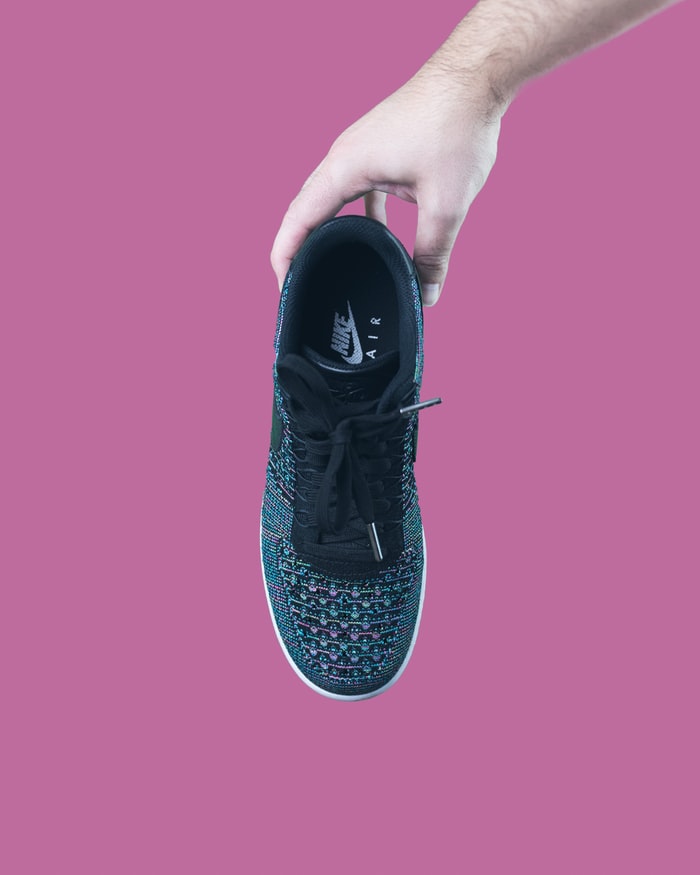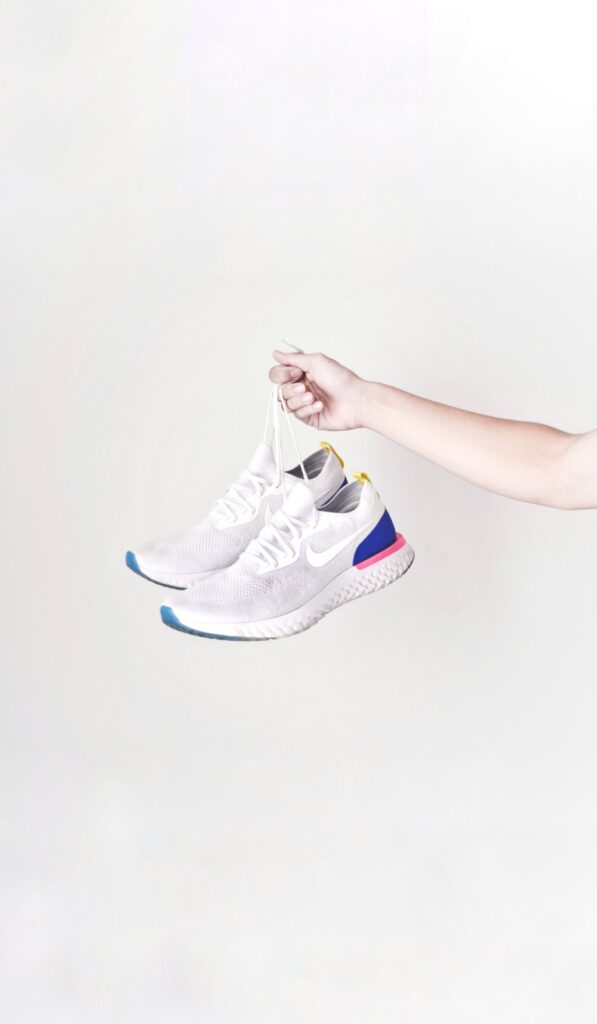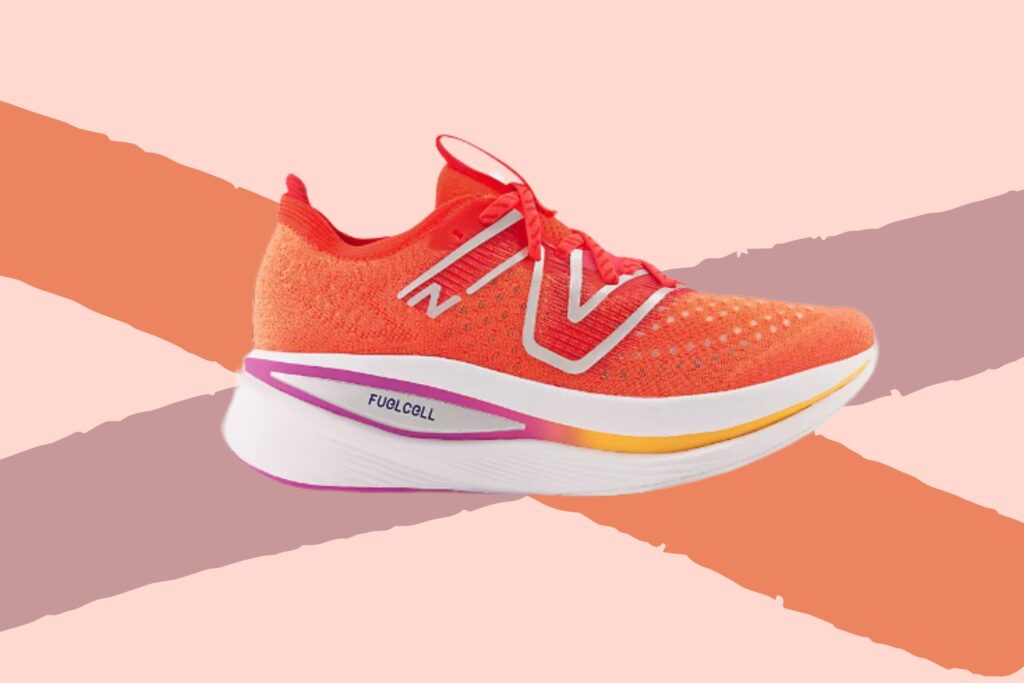Many of us went looking for new, challenging ways to get active during the COVID-19 crisis. Hell, for some, it was the only reason to leave the house on those dull, dark days.
With gyms shut, swimming pools closed and classes cancelled, being able to exercise outdoors, be it a power walk, light jog or swift run, was a saving grace for the nation’s mental and physical health.
Fast forward to 2023, and many have continued to enjoy the pleasure of outdoor exercise, even with gyms back open and the pandemic (hopefully) disappearing in the rearview mirror.
Yep, across the country – scrap that, the world – a running craze has taken flight, with Brits dusting off their old trainers and taking to the concrete. Recently, Runners World reported that over 6 million runs were completed in 2022 via the Couch the 5K App, showing the huge number who have taken up running as a hobby recently. Perhaps the omnipresence of Kate Bush’s ‘Running Up That Hill’ had something to do with it?
The physical and mental health benefits are undoubtedly enormous. In fact, research suggests that running changes your brain and body, having the magical ability to reduce stress, improve heart health and alleviate depression.
And, only two months in to another year beset by all kinds of new crises, doesn’t that sound the ticket?
Go on; breathe in that fresh, crisp air, and bring on the lactic burn. Feels good, don’t it?
If you’re a newcomer to the miracle of running and you don’t yet have any trainers to dust off, you might be wondering where to start when shopping for shoes. It’s definitely a decision which requires some research; plantar fasciitis, Achilles tendinitis, stress fractures, bunions, corns, hammertoes, and tendonitis…wear the wrong type of running shoe and one of these could happen to you.
On the flip side, having the right running shoes on your feet keeps them healthy, shielding you from injuries associated with running, and giving you the impetus to push yourself harder. Having the right shoes means you can run efficiently and at peace, knowing you are giving your body the best care possible.
With that in mind, here are 7 tips for choosing the best running shoes.
Don’t Place Too Much Emphasis On Looks
Looking fashionable while you run is all well and good – hey, you might even pick up a companion as you pound the pavement – but this shouldn’t be your priority. You’re more likely to look good by keeping up your running regime for a short while, spurred on by more comfortable shoes, after all.
In fact, research has suggested that regular, devoted running can make you look 9 years younger. Wow!
Your running shoe is more like a tool that can influence your performance. Choose the right shoe, regardless of fashion, is the most surefire way to ensure you keep at it long enough to reap the benefits.


Shoe Size Isn’t Set In Stone
Shoe shapes and sizes which are supposed to be standardised can actually differ hugely across brands and countries. Nope, we’re not only talking about those cut-price Nikes you scored on Ali Express.
Indeed, even trusted brands like New Balance, Adidas and Hoka One One offer running shoes which may experience some size divergence.
Therefore, it’s good to try on a shoe in person before buying, to avoid getting the wrong size. That, or you could get yourself measured in the shoe store so you’re equipped with the precise measurements you’re working with going forward.
In terms of fit, your heel and midfoot should be the most prominent points of contact. Generally speaking, it’s recommended that you leave a space the size of your thumb between the tip of your longest toe and the sole of your shoe.
Shop For Shoes In The Afternoon
Your feet swell as each day progresses, making them considerably larger in the evening than when you woke up. Interestingly, it’s been reported that they can grow by as much as half a shoe size over the course of a day! To avoid buying too small running shoes that will cause blisters, it is advisable to go shoe shopping in the afternoon.
Read: 4 men’s must-have shoes for S/S 2023
Always Try On Shoes Wearing Running Socks
You weren’t planning on going running in bare feet or ultra thin socks, were you? Indeed, it matters greatly what type of running sock (yep, that’s another decision to be made) you prefer, and whether they’re thin or thick. Try on any running shoes you’re considering while wearing the same socks you use for running.
Think Carefully About Your Routine Running Route
Your choice of running shoes will also depend on the kind of terrain where you will be running, and your kicks need to be compatible with your preferred surface.
Is your running route through soft muddy trails? Then you’ll need a pair of trail shoes. These are the best shoes for running on uneven terrain as they have a deep tread, better grip and offer more ankle support. If you want to improve them even more use some specialized shoe insoles.
If you’re running on pavements, however, then you should invest in road shoes. They have more cushioning than lightweight, trail running shoes, possessing better shock absorption which minimises the risk of injury. Should you envisage doing a bit of both, then invest in a pair of hybrid running shoes.

Seek Shoe Shops With In-Store Treadmills For A Test Run
Yes, you can test them. Perhaps not by leaving the store, running down the road and never returning, but most big sports shops do have in-store treadmills where you can give your potential purchase a trial run.
Determine Your Food Type & Gait
Another important thing when looking for running shoes is determining your foot type. Your feet could have either a low, neutral or high arch. To identify the type of feet you have, wet them and then trace the wet footprints on a piece of paper or the wet sand. Once you have identified your type of feet, seek out a shoe specifically designed for it.
Alternatively, you can check the base of an old pair of shoes to check where the wear and tear is focused. Even wear and tear at both tip and heel suggest a neutral arch, whilst excessive wear on the inner sole is indicative of a low arch. Should your outer soles be more worn, you may well have a high arch.
Also important is your gait, which can help you determine the best type of running shoe for you. There are different types of running gait or running pronation (basically your stance and posture as you run) and, in layman’s terms, there are three; normal, under pronation or supination, or overpronation. Identifying which category your gait falls into will help you choose the best shoe.
Shape has written a useful guide on how to determine your running gait. Do check it out sometime.





